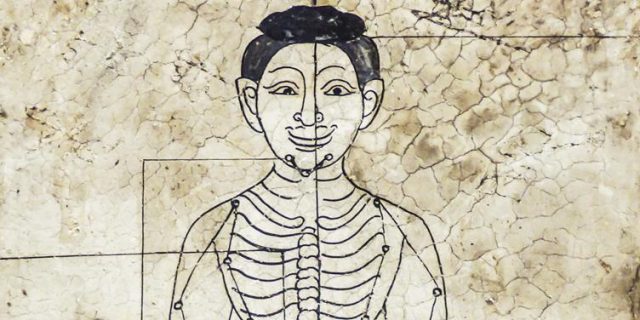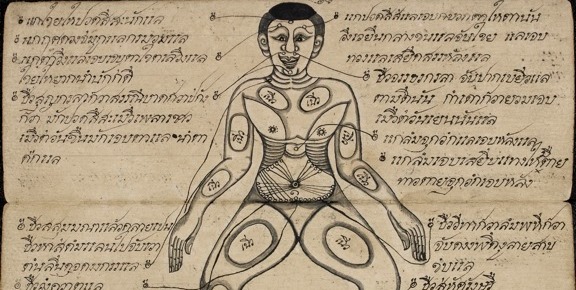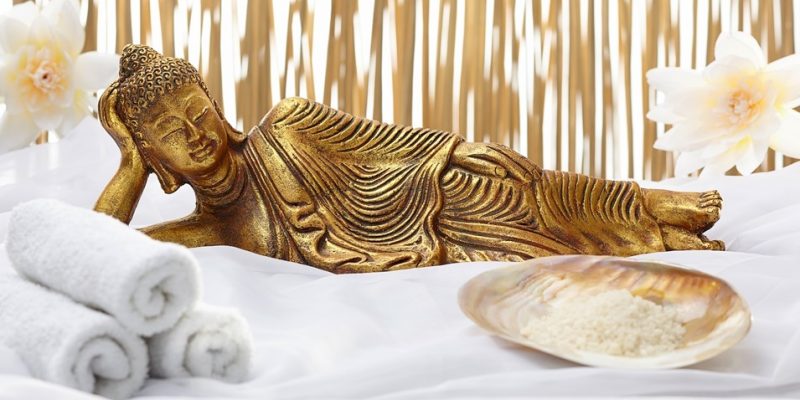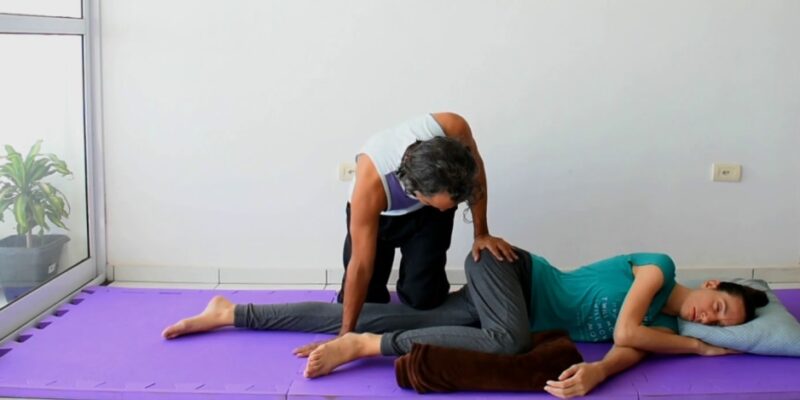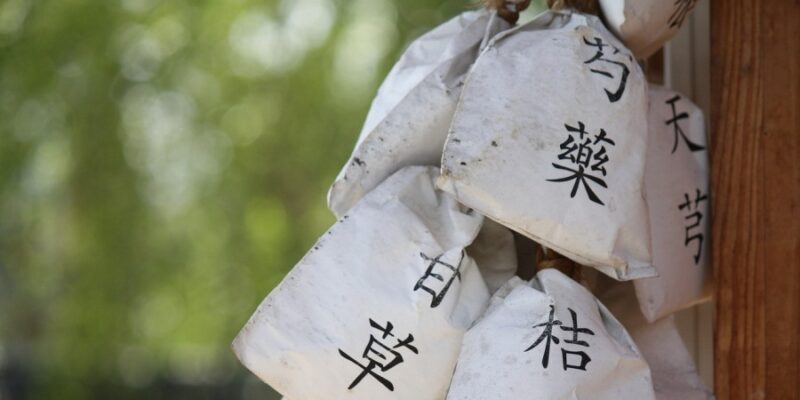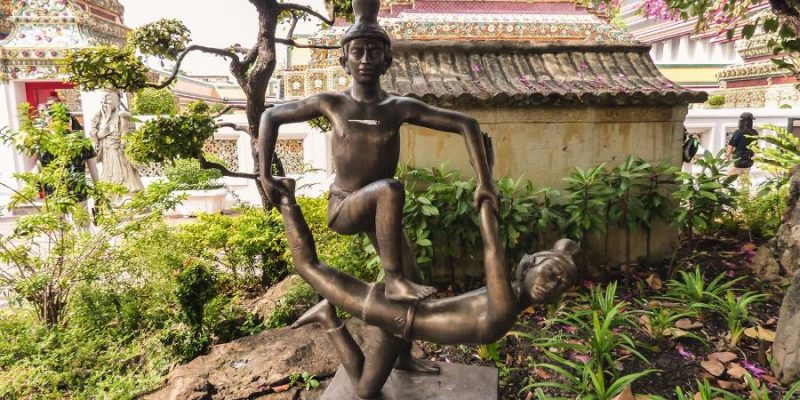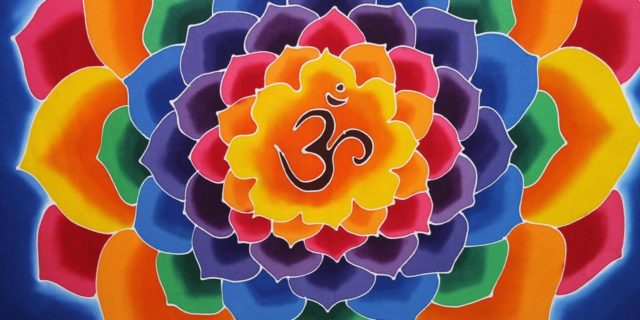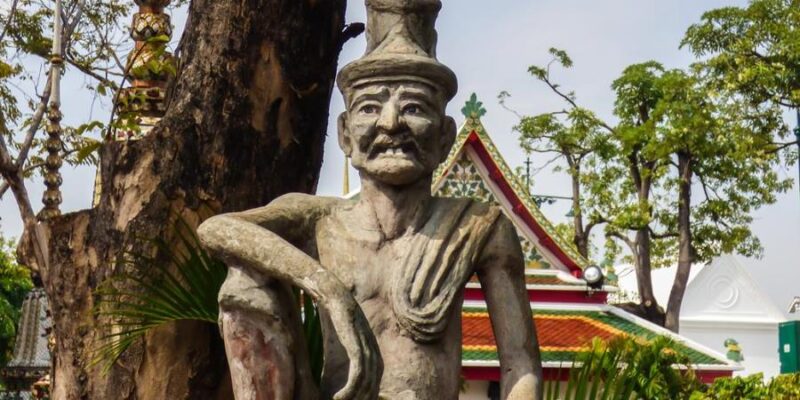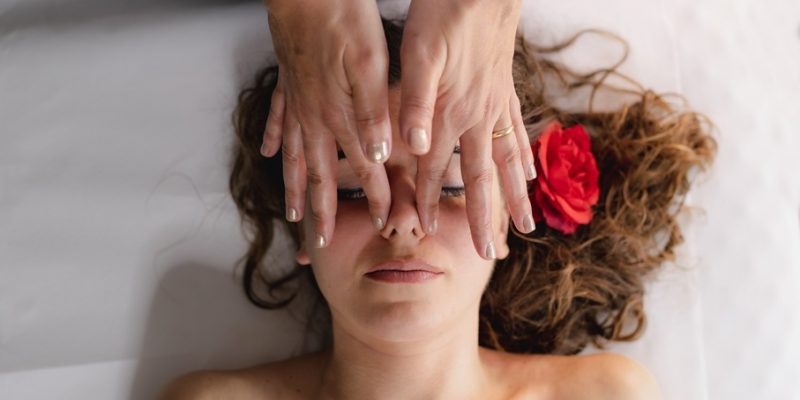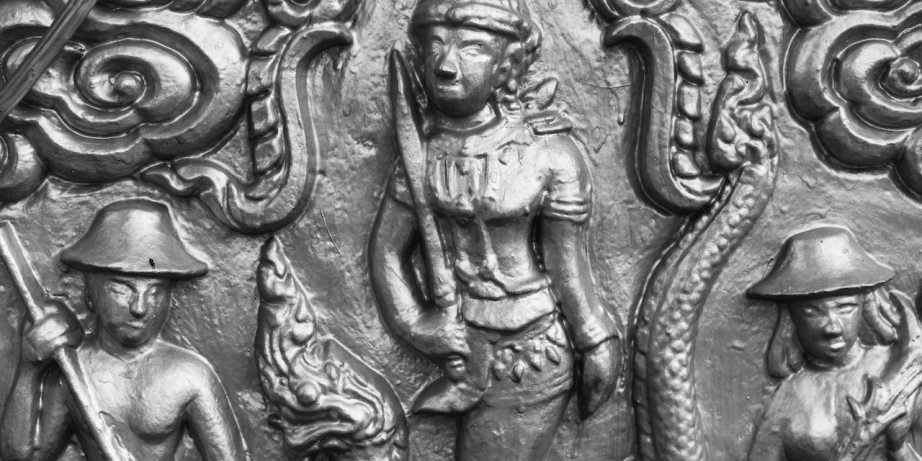
Within the Thai Massage community, you’ll find that there’s a certain group of Thai Massage practitioners and teachers that persistently tries to connect Thai Massage with Ayurveda, and explicitly brings in a range of Ayurvedic concepts into the practice, such as the well-known Ayurvedic three Doshas i.e. Tridosha theory.

Examples of these types of endeavors can be found in the deliberate positioning of “new” or “hybridized” Thai Massage modalities in an Ayurvedic context, notably by giving those modalities names such as Vedic Thai Yoga, Thai Vedic Massage, Ayurthai, Thai Ayurveda, and Thai Vedic Bodywork, to give you some examples. Again other practitioners create special workshops or courses that relate the Ayurveda Tridosha and other Ayurvedic concepts with the Thai Massage practice, and so on.
Certainly, there are historical reasons to this phenomenon; there has been a close relationship between Ayurveda and Thai Traditional Medicine (TTM), that is, almost the entirety of Eastern Asia has been profoundly influenced by Indian culture, philosophy, religion, and healing arts, a process that started around the 3rd century BCE and went on until the 15th century CE — an astounding period of almost 2,000 years.
As for Ayurvedic herbal medicine, there has indeed been quite some borrowing and integration into local indigenous healing traditions, such as into those from Siam (i.e. Thailand), but when it comes to the three Doshas and Thai Massage, things become somewhat doubtful. Thai Massage does use Ayur-style herbal compresses in its practice, and also acupressure points — the latter most probably derived from Ayurvedic Marma Points — but as far as I understand, there’s not really a direct use of the three Doshas (Vata, Pitta, and Kapha) to be found in Traditional Thai Massage.
Having said that, the three Doshas are known in TTM, but under other names, that is, di (ดี), lom (ลม), and salet (เศลษม์) respectively representing bile (literal Sanskrit translation would be Pitta), wind (i.e. Lom Pran and blood, and the literal Sanskrit translation would be Vata) and phlegm (mucus, of which the literal Sanskrit translation would be Kapha).
Nevertheless, although recognized in TTM and sometimes taken into account, these concepts are much less practically applied compared to the diagnostic and healing practices in Ayurvedic Medicine. Moreover, TTM and Thai Massage rather directly diagnose and address imbalances in the Thai Four Elements (which, of course, have a relationship with the Doshas).
But as it is, the Thai Massage practice has perhaps borrowed much more from Yogic practices and concepts, such as the Sen Energy Lines which resemble the Yoga Nadis, Prana i.e. Lom Pran Life Force Energy), and the famous assisted stretches which are often based on Yoga Asanas, to give you the idea.
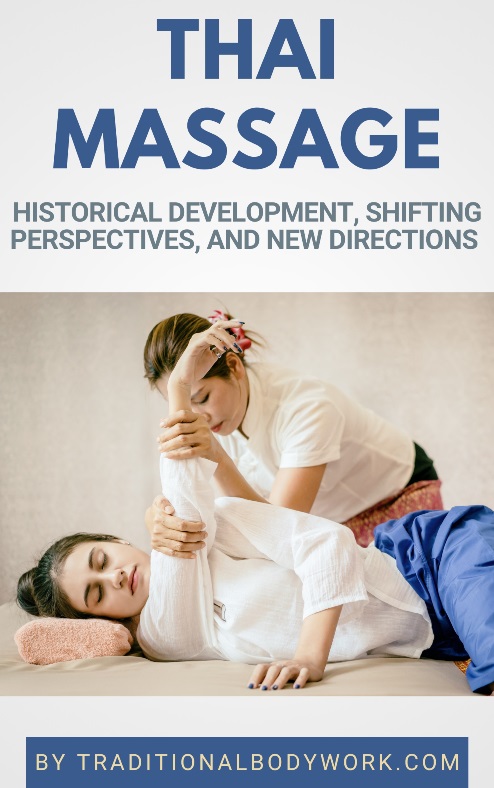
In any case, sometimes it seems like Thai Massage therapists and trainers deliberately use Ayurveda to legitimize or “upgrade” their work. Maybe it’s true that Ayurveda has a longer history and is much better researched, described or accepted, but that should be no reason to invent, overemphasize, or use certain Ayurvedic concepts directly in the practice, even if Ayurveda may have partly influenced Thai Massage.
For instance, as for the three Doshas, you will find Thai Massage therapists who rather forcefully bring them into the Thai Massage practice, claiming that one “activates the Doshas through certain assisted Yoga poses” and “balances the Doshas” by “giving Vata type persons a slow massage, Pitta types a relaxing massage, and Kapha types a more dynamic, energetic massage.”
Some other Thai Massage practitioners are a bit more careful, and just assert that Traditional Thai Massage “can help to balance the Tridosha and promote overall health and wellness,” as such more tentatively connecting the three Doshas with Thai Massage.
You see, we can connect Thai Massage with whatever we want to; with Traditional Chinese Medicine (TCM), with Shiatsu, Tibetan Sowa Rigpa, Indonesian Herbal Medicine, or Taoist Practices, and whatnot. People will always find ingenious ways to find or force correlations, and sometimes there’s actually “something to it.”
But, to keep a long story short: people should just do what pleases them and others, as long as we remember that Traditional Thai Massage had its own unique development, is a local Thai approach of healing that came about over centuries in its own environment, and with its own specific local healing concepts and elements. And “going back to the roots” — or something like that — can perhaps be of a certain interest, but is in fact only a “new” or rather “alternative” direction taken with Thai Massage.









